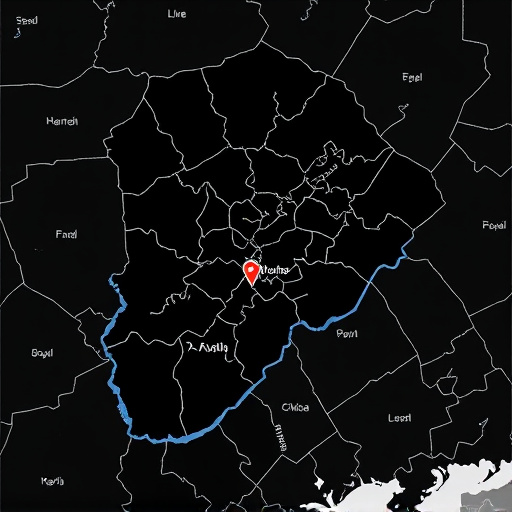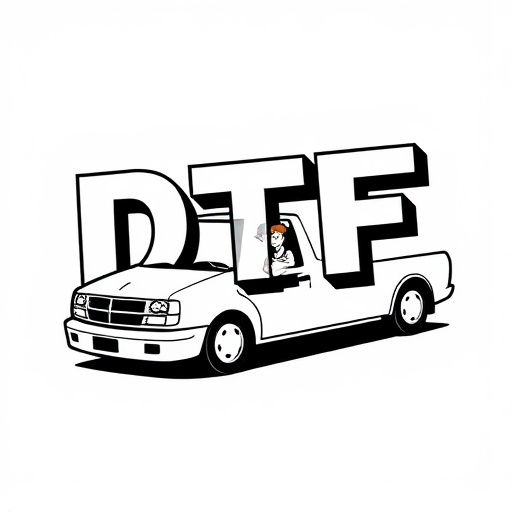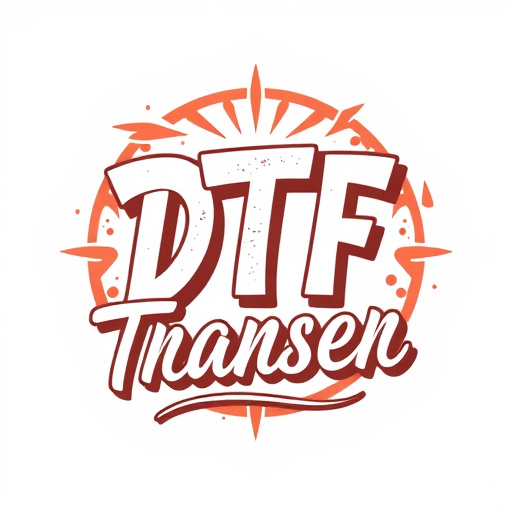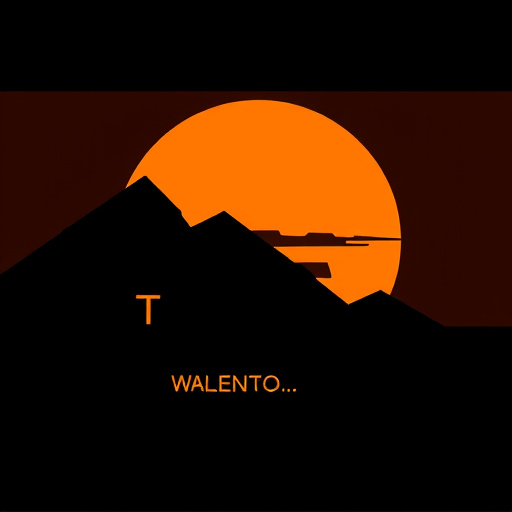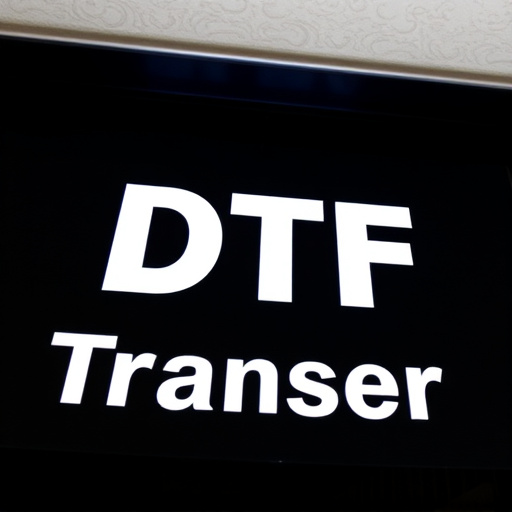Direct-to-Film (DTF) transfers are a cutting-edge printing method that directly prints onto film stocks, eliminating traditional steps. This versatile technique allows for high-quality custom designs on various materials, ideal for small businesses and individuals. DTF's accessibility, with no minimum order requirements, enables on-demand production of vibrant prints, making it perfect for testing market ideas, limited editions, or personalized requests. Key factors when choosing a provider include expertise, reputation, and revision policies. DTF technology is transforming industries from fashion to advertising with its versatility and efficiency, while future trends promise enhanced color, durability, and eco-friendly production.
“Discover the revolutionary power of Direct-to-Film (DTF) transfers with no minimum quantity requirements. This innovative technology is democratizing print services, empowering small businesses and individuals to create high-quality custom prints effortlessly. Our comprehensive guide explores DTF’s benefits, operation mechanisms, ideal service providers, common applications, and future trends. Uncover the versatility of DTF prints, from captivating visuals to specialized applications, all made accessible by cutting-edge technology.”
- Understanding Direct-to-Film (DTF) Transfers: A Comprehensive Overview
- Benefits of DTF Printing for Small Businesses and Individuals
- How DTF Transfer Services Work Without Quantity Constraints
- Choosing the Right DTF Service Provider: Key Factors to Consider
- Common Applications of DTF Prints in Today's Market
- Future Trends and Innovations in Direct-to-Film Technology
Understanding Direct-to-Film (DTF) Transfers: A Comprehensive Overview
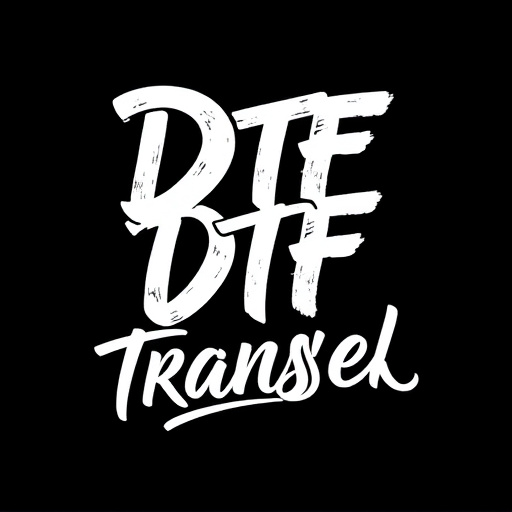
Direct-to-Film (DTF) transfers are a cutting-edge printing technique revolutionizing the way we reproduce and preserve images. This method eliminates the need for traditional intermediate steps, allowing for direct printing onto various film stocks, including transparent films, flexible materials, and even metal. DTF transfers offer unparalleled versatility, making them ideal for a wide range of applications, from fine art prints to promotional merchandise.
The process involves precisely exposing photographic emulsions to light through a digital negative, creating a positive image on the film. This enables intricate details and vibrant colors in the final print. DTF printing is particularly advantageous for custom projects as it doesn’t require minimum order quantities, making it accessible for individuals and small businesses looking to create unique, high-quality films or prints without breaking the bank.
Benefits of DTF Printing for Small Businesses and Individuals
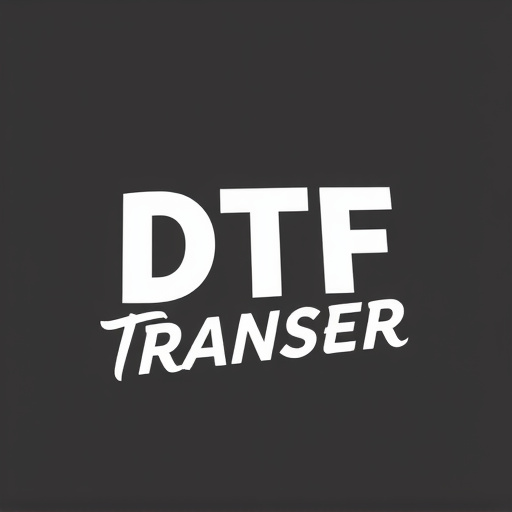
Direct-to-film (DTF) printing offers a game-changing solution for small businesses and individuals looking to bring their creative visions to life without the constraints of traditional order minimums. This innovative process allows for on-demand production, enabling entrepreneurs and artists to create and print custom designs, art pieces, or promotional materials in small batches or even single copies. With DTF, there’s no longer a need to commit to large quantities or face the risk of unsold inventory.
One of the key advantages is its flexibility. DTF Printing is perfect for those who want to test market ideas, offer limited-edition items, or cater to personalized requests. It also reduces waste as it produces only what’s needed, making it an environmentally friendly choice. Additionally, DTF transfers provide vibrant, high-quality results on a variety of materials, ensuring that small businesses and individuals can create visually appealing products that stand out in today’s competitive market.
How DTF Transfer Services Work Without Quantity Constraints

Direct-to-film (DTF) transfer services offer a revolutionary way to create prints without the usual quantity constraints. This modern printing technique eliminates the need for large minimum orders, making it accessible for individuals and small businesses alike. The process involves using specialized equipment to apply design data directly onto film, which is then used to expose photo-sensitive paper or fabric. Unlike traditional printing methods that require complex set-ups and large runs, DTF transfers can be done quickly and efficiently, even in low volumes.
Each DTF print starts with a digital file, which is converted into a format compatible with the transfer machine. The film is then coated with a light-sensitive emulsion and fed into the printer. The design is precisely exposed onto the film, creating a negative image of the desired artwork or photograph. This negative film is then used to create positive prints on either paper or fabric by exposing them to light through the film. This method ensures sharp, high-quality results, even in smaller batches, making DTF transfers an attractive option for custom printing projects.
Choosing the Right DTF Service Provider: Key Factors to Consider
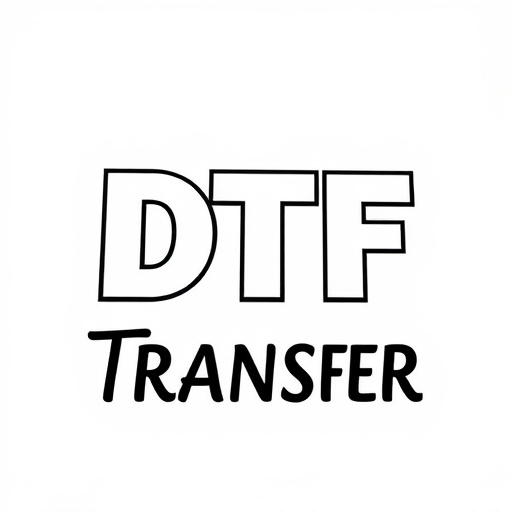
When selecting a service provider for direct-to-film (DTF) transfers, several key factors come into play to ensure you get high-quality results. Firstly, consider their expertise and experience in DTF printing; established providers with a proven track record are likely to offer consistent and accurate prints. Look for companies that specialize in this technique, as they will have a deep understanding of the process and can provide guidance on file formats, resolutions, and other technical aspects crucial for optimal DTF transfers.
Reputation and customer reviews are also vital indicators. Research online to find testimonials from previous clients, which can give you insights into the service provider’s reliability, turnaround time, and print quality. Additionally, inquiring about their printing technology, materials used, and any guarantees or revision policies will help you make an informed decision. Choosing a DTF service with a strong focus on customer satisfaction ensures you receive professional prints without the need for excessive quantity requirements.
Common Applications of DTF Prints in Today's Market
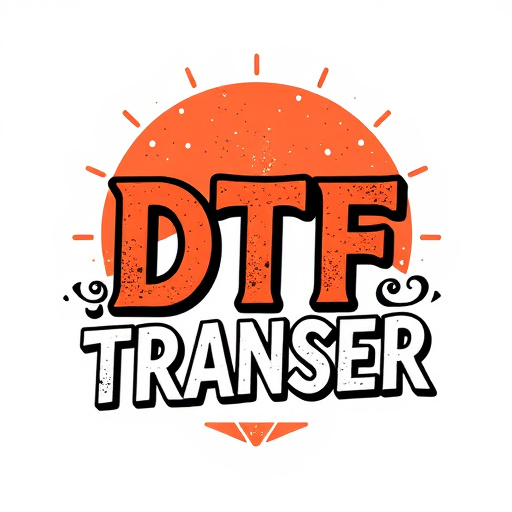
In today’s market, Direct-to-Film (DTF) transfers and prints have found their way into a variety of applications across multiple industries. From small businesses to large enterprises, DTF technology is revolutionizing the way products are personalized and branded. One of the most common uses is in the garment industry where custom T-shirts, hoodies, and accessories are created with intricate designs that would otherwise be cost-prohibitive using traditional printing methods. DTF allows for high-quality, vibrant prints on a wide range of fabrics, making it an ideal solution for clothing manufacturers and designers looking to offer unique, personalized items.
Additionally, DTF transfers have gained popularity in the promotional products sector, where companies seek innovative ways to market their brands. Whether it’s printing logos on water bottles, phone cases, or laptop sleeves, DTF offers a fast, efficient, and cost-effective way to produce high-quality custom items. This technology also extends into the world of signage and advertising, where large format DTF printing enables businesses to create eye-catching displays, posters, and banners for both indoor and outdoor use. With no minimum order requirements, DTF prints offer flexibility and accessibility that traditional printing methods cannot match.
Future Trends and Innovations in Direct-to-Film Technology
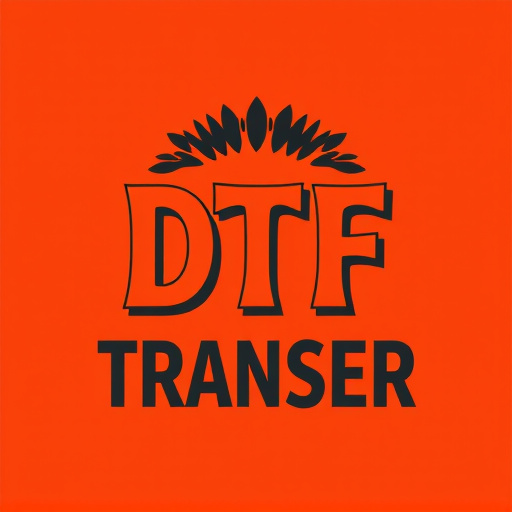
Direct-to-film (DTF) technology is constantly evolving, pushing the boundaries of what’s possible in print and transfer services. One of the future trends to watch is the integration of advanced materials and inks, which will further enhance color accuracy and durability of DTF prints. This, coupled with the development of more efficient printing processes, could lead to even faster turnaround times and reduced costs, making DTF transfers even more accessible for small businesses and individuals.
Innovations in DTF transfer technology may also include smarter, adaptive systems that can automatically adjust settings based on material type and design complexity. Additionally, the rise of eco-friendly inks and substrates is expected to grow, aligning with the industry’s increasing focus on sustainability. These developments not only promise higher quality DTF prints but also contribute to a greener production process, ensuring that this technology remains relevant and desirable in the years to come.


